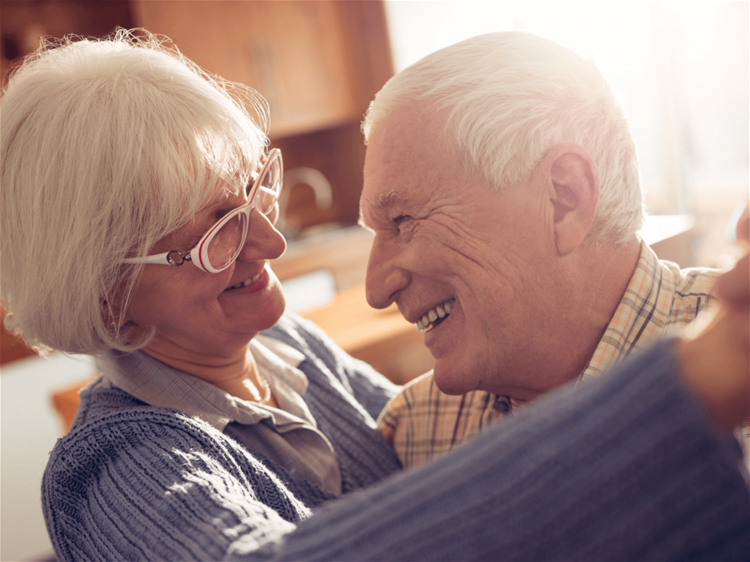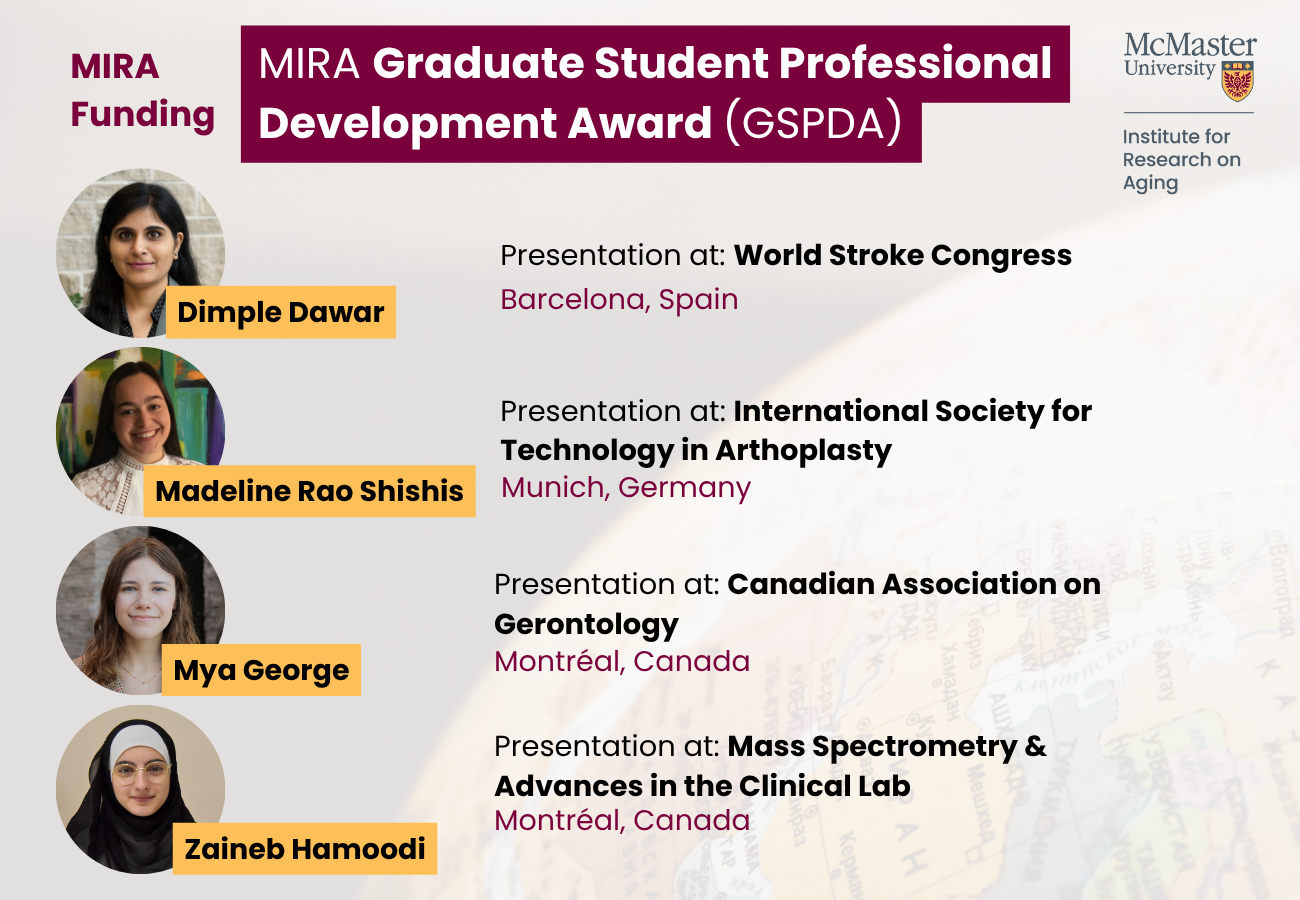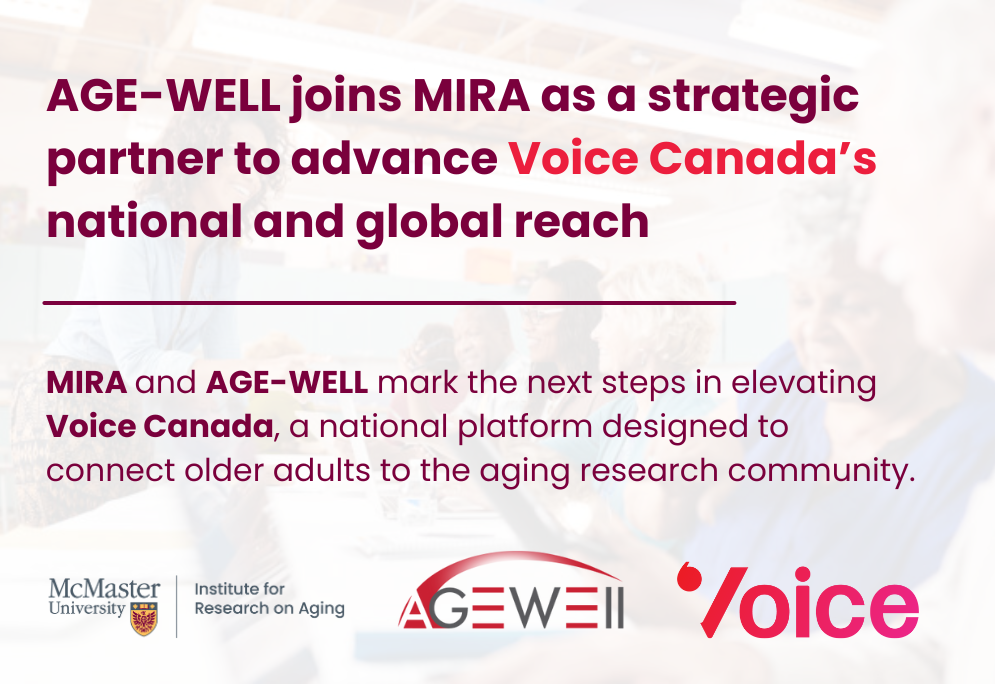
Published: May 4, 2021 | By Jennifer Dorozio
People are inspired to dance for all kinds of reasons. A person may shimmy their hips in a moment of spontaneous joy or have a regular partner they dance with socially— but what about dancing for brain health?
Research suggests that dancing is not only good for your brain, it can also keep your mind healthier, for longer. Dance can potentially strengthen brain connectivity and even increase the size and health of certain parts of the brain typically affected by dementia.
Dr. Patricia Hewston is a Labarge Post-Doctoral Fellow for Mobility in Aging at the GERAS Centre for Aging Research at McMaster University in Hamilton, Ont. She studies ways to keep older adults healthy as they age. Recently, she conducted research to better understand the existing research on dance and brain health. Hewston and her team conducted a systematic review of nearly 4,000 records on dance and brain health. They found 11 different studies from several countries examining the effect of dance on brain changes in older adults.
“We found that dance helps the overall cognitive function,” says Hewston. “And specifically, the executive functions.” That’s the part of the brain that makes decisions and helps with planning tasks.
Published in December 2020, the review also acknowledges that dancing — including learning choreography, following the beat and executing new movement patterns — may increase the size of the hippocampus, a part of the brain associated with learning and memory that shrinks as we age. Dance also strengthens the connectivity between both cerebral hemispheres, resulting in neural activation in motor, somatosensory and cognitive brain areas.
Hewston says these findings are especially relevant for the 30 per cent of adults with mild cognitive impairment who develop dementia, as dancing regularly could delay the onset of further brain deterioration as we age.
“Dance benefits brain health, which may reduce the risk of developing dementia,” she says.
What happens when we dance?
When we dance, several parts of the brain are firing at once.
Dr. Joe Verghese, a professor of neurology at Albert Einstein College of Medicine, in New York, has studied the impact of dancing on brain health for the past two decades, specifically focusing on cognitively stimulating activities linked to reducing the risk of dementia.
“It’s a wide-spread network of areas [in the brain] that actually connect during the course of dancing,” says Verghese
The motor control pathway, the part of your brain that controls things like eye movement and jumping, is engaged during dance. The cerebellum, in the back of the brain, which is called the “balance centre,” is also engaged. As we age, this engagement can lead to other benefits like improved balance and gait.
Dance is an aerobic activity and can also improve vascular health in blood vessels in the brain, which Verghese believes could be part of the reason why dance may keep the brain healthy.
Dance can also boost our moods. “Social hormones,” such as dopamine and oxytocin, are released in the brain when we “cut a rug.”
“In the last decade or so, we’ve been learning that social interactions are also important in the context of dementia prevention,” says Verghese.
The debate is still ongoing over what type of dance leads to maximum brain benefits, and how often we should do it, but there are several reasons why adding dance to your routine can benefit your brain health long-term.
“What we found was that longer durations and higher aerobic loads seemed to make greater cognitive benefit,” says Hewston.
So, dance, and dance often!
This story was published on Dementia Connections. Read the original article here.

